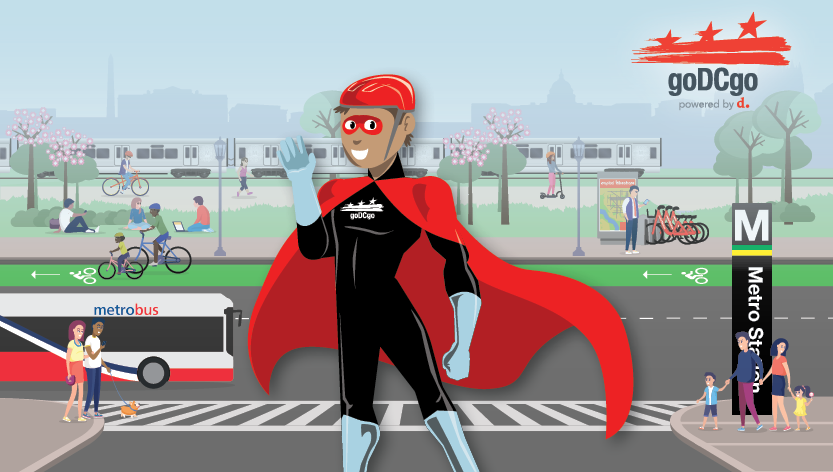May 23, 2022
Creating a Smooth Hybrid Transition
by Samantha Huff
According to ADP Research Institute, 64% of workers would rather quit their jobs than return to an office full time. For anyone who’s been following the shift to remote work over the past two years, this should come as no surprise. Working from home has saved employees time and money, and maintained productivity. However, some employees still yearn for the social aspect of the office and worry about missing out on promotions and leadership roles without the office setting. This is where a hybrid schedule can give employees and managers the best of both worlds.
Thankfully, 35% of DC employers are listening to their employees and are working to create and implement hybrid work schedules as employees return to the office this summer. But transitioning to a hybrid schedule isn’t as easy as you may think. For a smooth transition, employers need to audit their policies and consider that after two years of working from home, pre-pandemic in-office policies can’t just be resurrected without evaluation. Companies need to assess their new hybrid work situation and address the challenges it brings regarding commuter benefits, regional emergency ride programs, and complying with local DC transportation ordinances. Creating a new hybrid policy from scratch may sound like a heavy lift, but if you follow our list of items to consider below, you’ll be off to a great start.
Be Clear About When and Why Employees Should Be in Office
About 38% of hybrid employees say their biggest challenge in the past few months was knowing when and why they should come into the office. Is this something you have outlined in your hybrid work policy? Possibly not, as only 28% of leaders report including it in their policies. Make sure you have clear and direct instructions on when employees should come into the office. Should they be in for important meetings? On a certain day? If they need to access certain equipment? Use examples and include the “why” behind these in-office requirements.
Make Sure You’re Still Compliant with DC Laws
DC has two local ordinances that apply to employers in the District: the DC Commuter Benefits Law and the DC Parking Cashout Law. If you meet the base qualifications of these laws, you must comply with them even if your employees are on a hybrid work schedule. Our employer team can help you navigate and comply with these laws.
Supplement Guaranteed Ride Home
The regional Guaranteed Ride Home program, run by Commuter Connections, requires employees to commute by transit, carpool, bike, walking, or scooter at least two times a week to qualify for the program. For many only going back to the office 1 day a week, they are unable to use this benefit. If you have employees who only work from the office one day a week, you can supplement the regional program by covering rides for unexpected overtime and emergencies. Talk to our employer team to learn how.
Remind Employees About Commuter Benefit Flexibility
Unlike other health care, commuter benefits aren’t restricted to open enrollment. Although most admin and HR departments are aware of this, your employees may not be. Make sure you remind your employees regularly that they can enroll, adjust their allocation, or pause their commuter benefits at any time.
Fully Subsidize Transit Costs to Encourage In-Office Work
If your office is operating on a hybrid schedule but management would like employees to come into the office more frequently, fully subsidizing transit costs can help you achieve this goal. By fully subsidizing transit costs, you remove one of the barriers of coming into the office. This can easily be done through WMATA’s SmartBenefits system, and the best part is that this type of transit subsidy will be refunded to you if not used.
Encourage a Variety of Sustainable Commuting Options
Fear of taking public transit due to COVID-19 has led to many workers choosing to drive to work when they would normally take transit pre-pandemic. It’s important to let your employees know they have options like carpool apps, biking, or walking. You can even encourage these behaviors through a bike subsidy/monthly bike benefit, walking benefit, or free parking for carpools. Our employer services team can help you set up benefits and incentives like these.
Need help addressing the topics above? We’re here to help. Just schedule a meeting with our goDCgo Employer Services team or reach out via info@godcgo.com to get one-on-one help and feedback on your hybrid policy.



